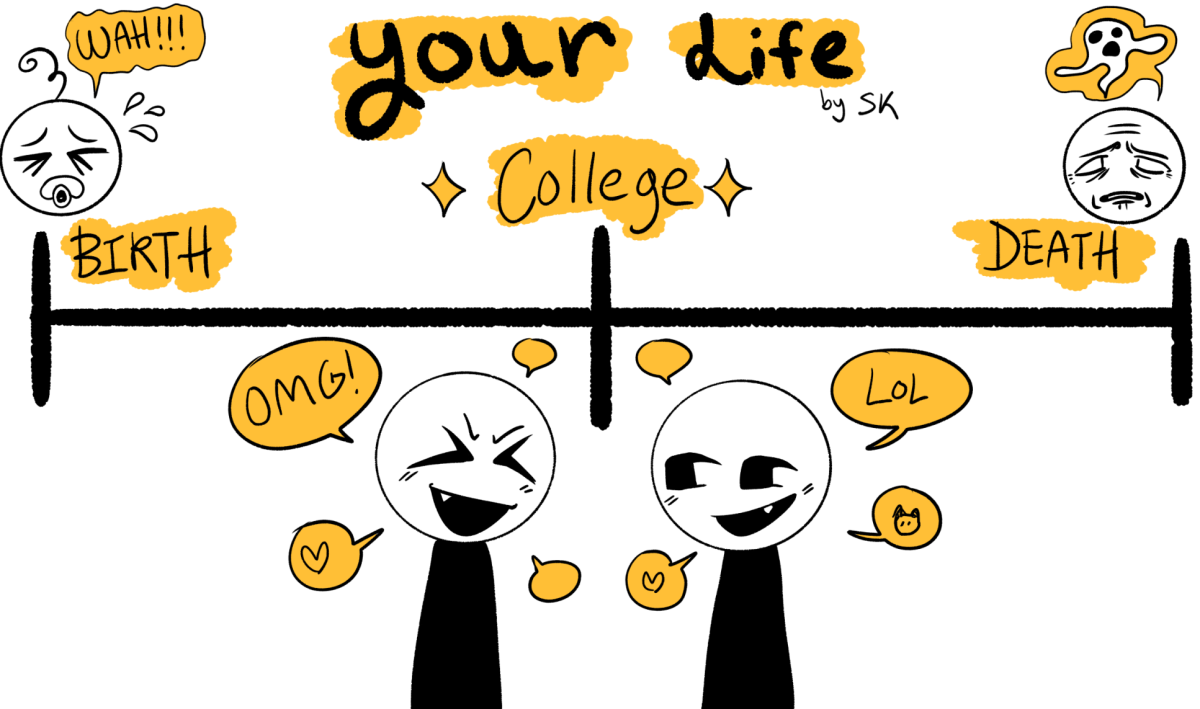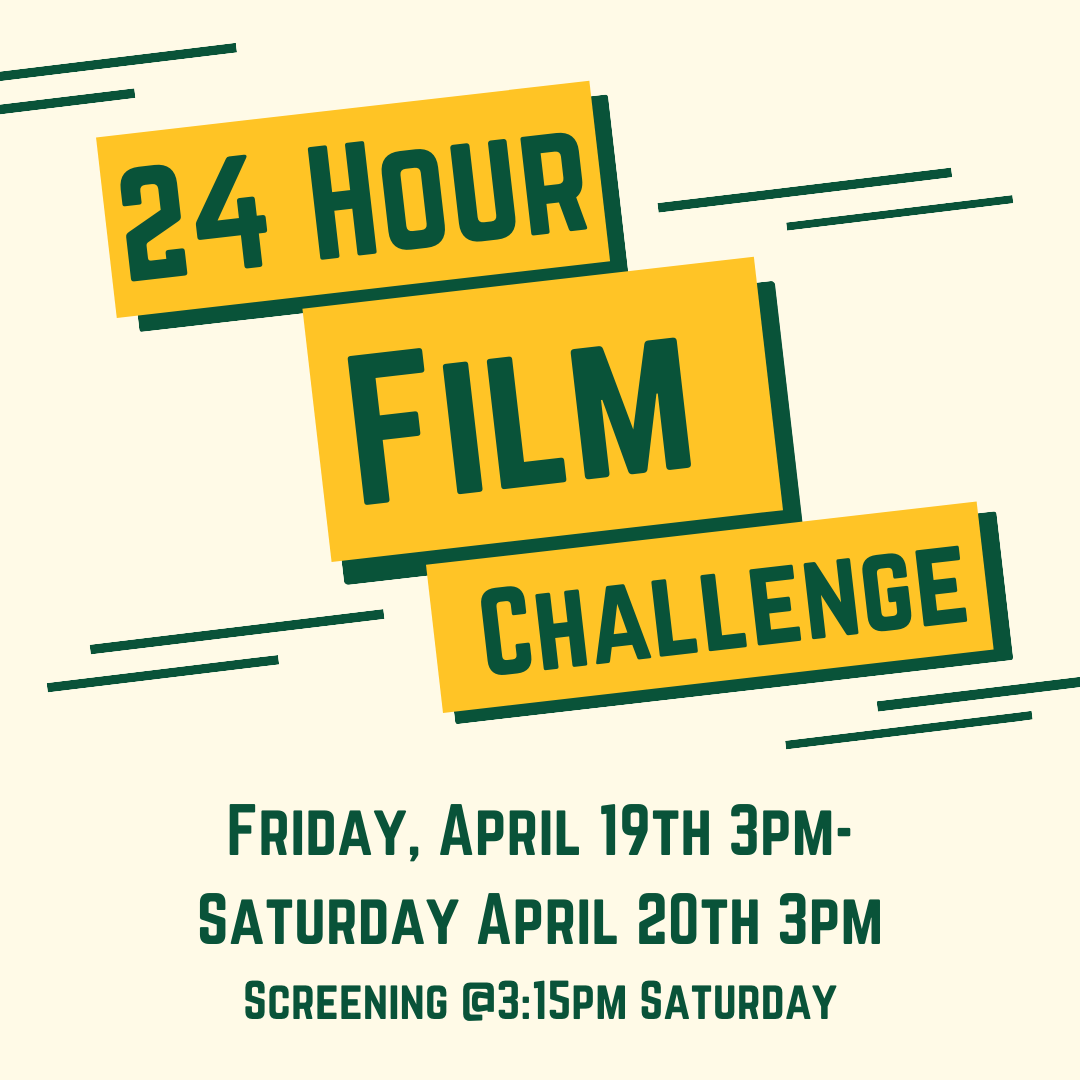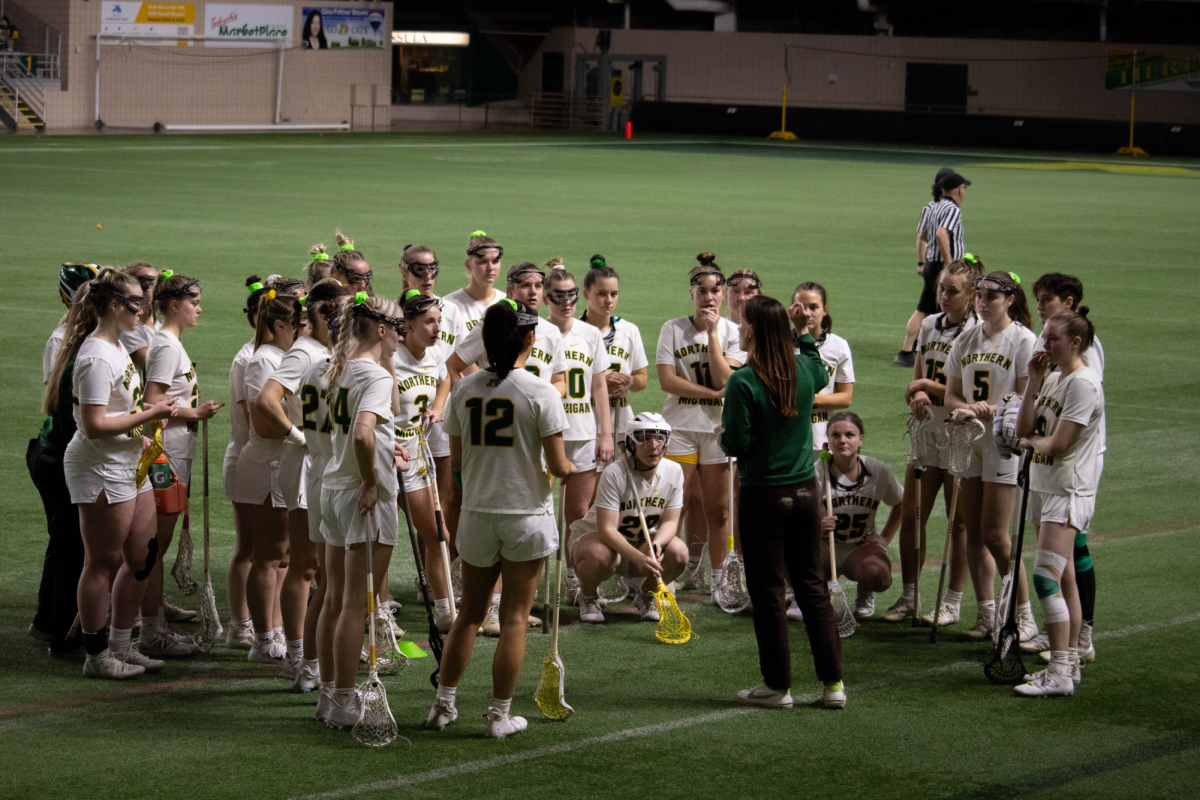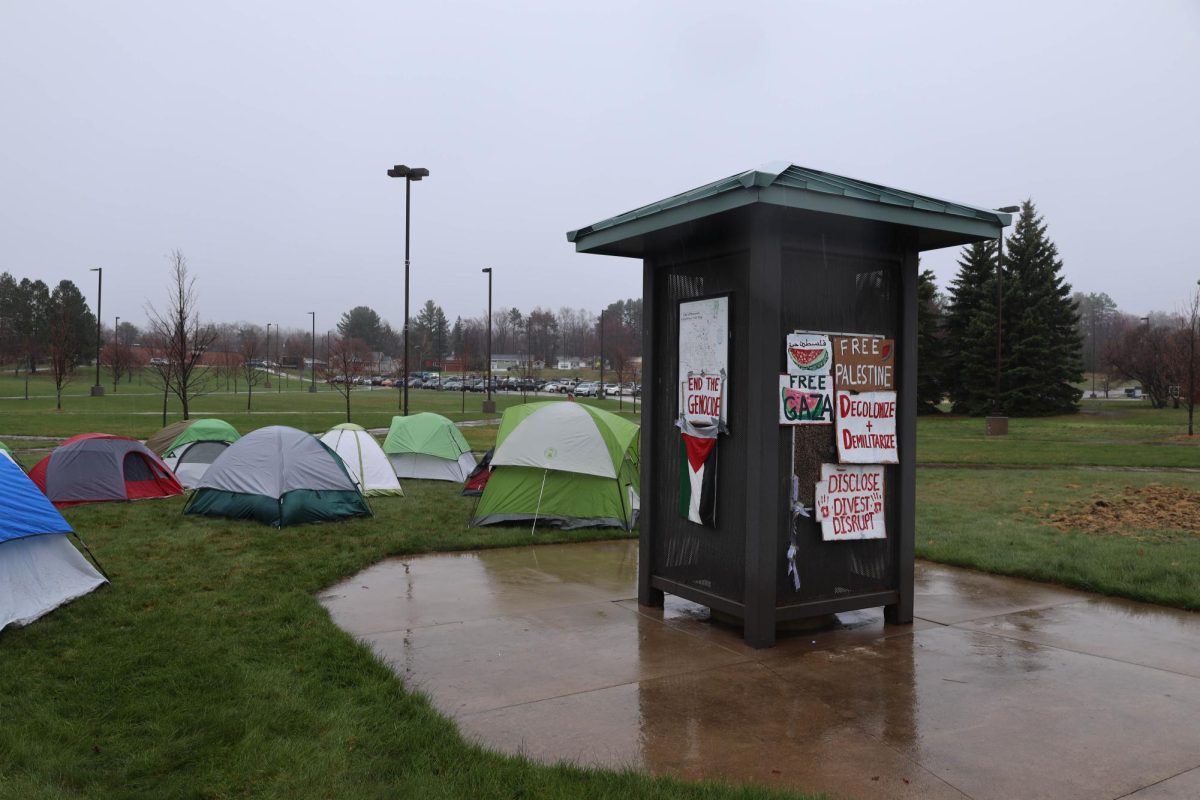By Ian Crane
Band: Nocturnus
Album: Thresholds
Genre: Death Metal
Release Date: Aug. 18, 1992
Rating: 4/5 stars
“Old school” death metal can bring to mind primitive growls, non-stop blast beats and morbid, satanic lyrics, but what about keyboards and sci-fi?
That’s how technical death metal legends Nocturnus and their sophomore release, “Thresholds” broke the mold.
Hailing from the capital of old school death metal, Tampa Bay, Fla., Nocturnus shook heads in the death-metal community with their heavy use of keyboards and sci-fi lyrics on their debut album, “The Key.” But the album still contained the all-too-common satanic lyrics that are scattered across the genre like evil pixie dust. “Thresholds” changed that.
Nearly all of the satanic imagery from the first album was cut from “Thresholds.” Instead the album was overtaken by the sci-fi lyrics of such songs as “Aquatica” and “Subterranean Infiltrate.” The keyboards were also utilized to better effect, harmonizing with the guitar while still comprising much of the atmosphere of the album.
Many of these changes are likely due to lead guitarist Mike Davis getting more creative control in the band’s writing. It is easy to tell he wrote many songs, which is not always a good thing. Shredding (really fast, neo-classical guitar playing) is more common than vocals on this release, with guitar runs seemingly appearing at least once every few seconds. “Gridzone,” the last track on the album, actually has guitar solos built into the chorus.
The shred is all fine and good if you’re into that, but does wear thin after a while. This is to be expected of technical death as it is common place in the genre. This could be seen as foreshadowing of the future of technical death metal, which has only become more shred-focused and is considered by many death metal fans to be a bunch of guitar wankery. While it can be overbearing, the guitar-playing is actually quite good and some of the solos are interesting to listen to, such as the “main” guitar solos from “Climate Control,” “Tribal Vodoun” and “Arctic Crypt.”
The riffs are, for the most part, great. Sometimes heavy, but not afraid to move to the high ranges of the instrument. There are, of course, some more typical riffs, such as on “Climate Control.”
The album does have some problems with mixing. The bass is inaudible, with the exception of “Arctic Crypt” and “Subterranean Infiltrator.” Effects are used, such as the bubbling effect of “Aquatica,” and have a tendency to overpower the rest of the music. These are all rather common problems with old school death metal, due to lack of funding from the new record labels that were signing these bands.
Neither the vocals nor the bass are incredible. The vocals are typical for the genre, sounding rather primitive and raspy like most of the growlers at the time. The bass is mixed too poorly to really be impressive.
The keyboards, however, are incredible. Adding great atmosphere for songs such as, “Alter Reality” and “Subterranean Infiltrator,” keys are used for excellent harmonies on “Tribal Vodoun.” On both “Aquatica” and “Gridzone,” the keyboards are used to great effect. The keys especially shine on “Arctic Crypt,” which give gives keyboardist Louis Panzer a chance to solo, and the album’s only instrumental, “Nocturne in Bm.” This song lets the keyboards control the piece, moving the sound along and creating a melodic melancholy that overtakes the listener.
This is an excellent classic death metal album that really changed the genre. It’s sad how often “Thresholds” gets overlooked. Possibly it’s because “Thresholds” is overshadowed by its, in my not-so-humble opinion, inferior predecessor, “The Key.” However, don’t let that stop you. If you are a fan of classic death metal and are looking for something a little different, check out Nocturnus’s “Thresholds.”























